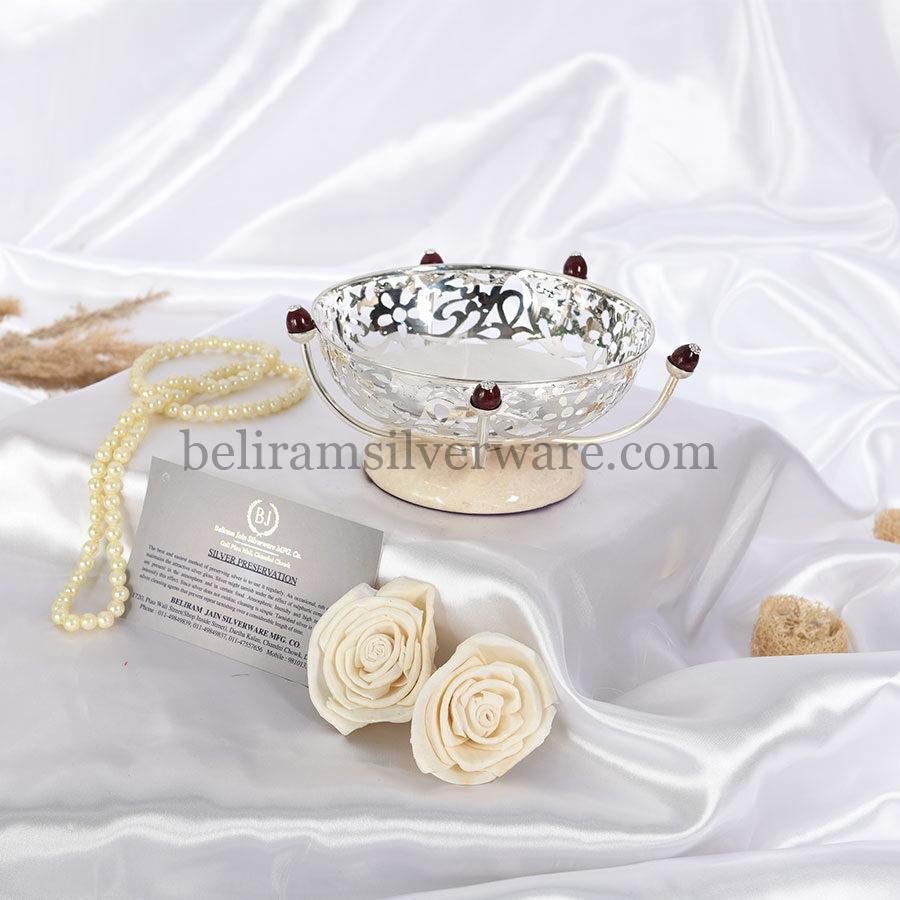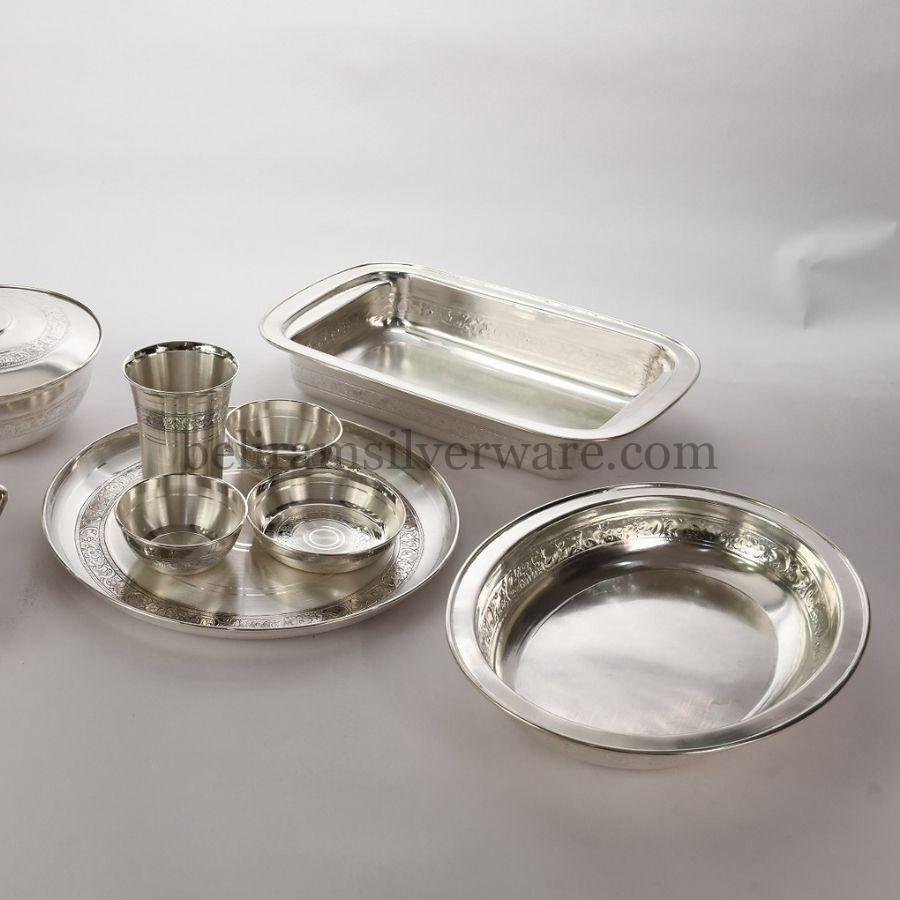Silver is soft metal in its pure form and is moulded for making things like jewellery, dining sets, and other gift items. Silver comes in many forms, shapes and types. In this, we’ll be discussing different types of Silver. It’s important to know about different types of silver because if you’re a seller you can make your customers understand or else if you’re a consumer, you can’t be scammed in the name of Silver. The market is scattered with variety existing at competitive rates and necessity based on industry requirements as alternatives. After you read this blog, you’ll be confident purchasing silver the next time you visit the store. You will also realise that every silver isn’t sterling and has its own existence to live by.
Different Types of Silver Alloys
Silver has always gathered love from the audience for its dazzling beauty. But, silver has never been used in its 100% pure form, even in ancient days, for jewelleries or any gift item for that matter. Alloys were always used to harden the soft silver and make it durable for use.
The metals used as alloys are non-precious and referred to as the base. In simple terms, if there is more silver content in an alloy, it will become softer and more expensive. Always remember to check the quality stamp or the hallmark to know the amount of silver used in the products you purchased.
1. Fine Silver
The fineness of Fine Silver is 999. It is the purest form of silver alloy you can lay your hands on. It’s made of .1% other elements and 99.9% is silver.
The pros of it is:
- It is hypoallergenic, as the purest form of silver doesn’t cause any allergic reactions.
- It is white and lustrous.
- It is an extremely pure form of silver that is used to make earrings or pendants than a proper jewellery set.
- The hallmark that depicts Fine Silver is .999.
The cons of it is:
- It’s not hard or durable.
- It’s too soft and tends to lose its shape easily. Also, a minor scratch can make it change its appearance.
2. Sterling Silver
The fineness of Sterling Silver is 925. It’s the famous form of silver alloy used in many jewellery forms, and favoured by the maximum number of people around
The pros of this is:
- It is easy to work with and is comfortable to wear for hours.
- It is durable, imparts shine and appears beautiful with its lustre.
- Mostly it’s hypoallergenic because sometimes traces of other metals like nickel might result in allergies.
- The hallmark of Sterling Silver is .925, .925 STG. The vintage options often come with older marks like STER, STERLING or STG.
The cons of this is:
- Sterling Silver is hard to maintain.
- It can also tarnish easily as its composition is made of 7.5% copper and 92.5% pure silver.
This mixing is essential to make the metal useful, durable and a better wearable option. As a sign of tarnish, your sterling silver can change colour or even turn dark by oxidising. Don’t worry this tarnish can be cleaned easily without losing your precious silver.
Addition of rhodium can enhance the durability, whiteness and lustre of metal by adding value to your piece and even avoids tarnishing to a greater extent.
3. Non-tarnish silver
Famous Non-tarnish alloy is:
1. Argentium
This form of Non-tarnish silver alloy is durable, easy to maintain, hypoallergenic and mostly tarnish resistant. But in some certain conditions, it can tarnish as well. It is also called the 21st century sterling silver version and is quite expensive than others. It contains even more pure silver than the Sterling Silver and is available for sale in two grades i.e. 96% and 93.2% purity.
It is mixed with germanium and copper to make the metal tarnish resistant, durable, harder, easy to maintain and clean. It is nickel free i.e. no allergic reactions to anyone.
The mark present on Non-tarnish silver alloys features a winged unicorn with the usual sterling silver marks.
Other Non-tarnish alloys are:
1. Silvadium
The composition of it is 7% palladium with traces of germanium and 93% of Silver.
2. Sterlium
The composition of it is 3% copper, 4% zinc with traces of germanium and 93% Silver.
3. Sterilite
The composition of it is 92.5% silver with traces of germanium, zinc, tin, silica and copper.
Different types of Platings
1. Silver Plated
Like any other plating, it simply means a base metal is covered with a thin coating of silver. The amount of silver is negligible and is good to go for the purchase of inexpensive jewellery
The pros include:
- It is cheap, in-budget and affordable for purchase.
- It is okay as costume jewellery.
The cons include:
- Negligible amount of silver is used, making the user prone to allergic reactions
- It isn’t durable or long-lasting at all.
- No hallmark is present as it’s the costume jewellery only with the shortest life.
2. Silver Filled
This is a type of plating that uses 5 to 10% of silver on the base metal. For its value, it lies in the middle of silver plated and sterling silver.
The pros include:
- It is affordable and easy to purchase.
- It has more silver for plating than the simple silver plated items.
The cons include:
- It can tarnish easily and is low at maintenance.
- So less silver can cause the user to face some allergic reactions.
Here, we conclude!
Silver jewellery or gift items can be made from different types of Silver. Do read the entire blog to absorb the information entirely before the next purchase you make.


